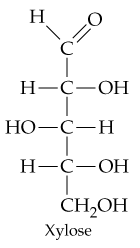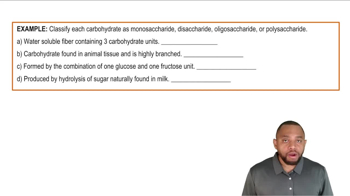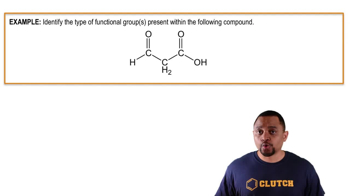Identify a monosaccharide that fits each of the following descriptions:
a. found in high blood levels in diabetes

 Verified step by step guidance
Verified step by step guidance Verified video answer for a similar problem:
Verified video answer for a similar problem:



 1:48m
1:48mMaster Intro to Carbohydrates Concept 1 with a bite sized video explanation from Jules
Start learning